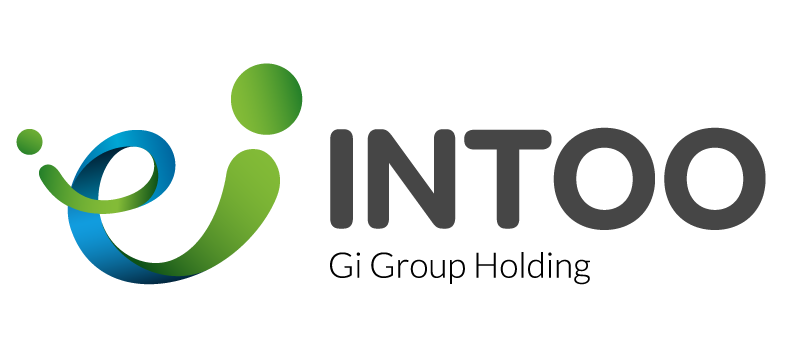What is Employee Welfare?
Employee welfare refers to the range of services, benefits, and facilities that an organization provides to support the well-being of its employees. These initiatives go beyond wages and are aimed at improving the quality of work life, ensuring safety, promoting health, and enhancing overall employee satisfaction.
Employee welfare can be categorized into several areas, including:
-
Health and wellness programs (e.g., medical insurance, mental health support)
-
Workplace safety measures
-
Financial benefits (e.g., retirement plans, bonuses)
-
Work-life balance support (e.g., flexible work arrangements, paid time off)
-
On-site amenities (e.g., meals, recreational areas, transportation)
-
Training and development opportunities
Welfare programs may be legally mandated or voluntarily offered by employers as part of a broader strategy to care for their workforce.
Why is Employee Welfare Important?
Employee welfare is a cornerstone of a positive and sustainable work environment. Here’s why it matters:
-
Enhances Employee Satisfaction: When employees feel valued and supported, they are more engaged, motivated, and loyal to the organization.
-
Boosts Productivity: Healthier and happier employees are more focused and productive, which directly impacts the organization’s success.
-
Reduces Turnover: A strong welfare system can reduce staff attrition by fostering a supportive and inclusive work culture.
-
Promotes Health and Safety: Welfare programs that address physical and mental health reduce absenteeism and workplace accidents.
-
Strengthens Employer Brand: Organizations known for prioritizing employee welfare attract top talent and build a positive reputation in the market.
In essence, investing in employee welfare is not just a moral responsibility—it’s a smart business strategy that benefits both people and performance.
Types of Employee Welfare Programs
Employee welfare can be implemented through a variety of programs that address physical, emotional, social, and professional needs. These programs typically fall into two main categories: statutory (mandatory) and voluntary (discretionary) welfare initiatives.
Common types include:
-
Health and Wellness Initiatives: Access to health insurance, mental health counseling, gym memberships, vaccination drives, and stress management workshops.
-
Financial Support: Retirement benefits, profit-sharing, performance bonuses, student loan assistance, and emergency financial aid.
-
Work-Life Integration: Remote work options, flexible schedules, family leave policies, child care support, and paid time off.
-
Workplace Environment Enhancements: Ergonomic office setups, on-site cafeterias, recreational spaces, and safe working conditions.
-
Personal and Professional Development: Training sessions, tuition reimbursement, career coaching, and mentorship programs.
-
Community and Social Programs: Volunteering opportunities, diversity and inclusion initiatives, and employee resource groups (ERGs).
By offering a blend of these programs, companies can holistically support their employees and contribute to long-term organizational resilience.
How to Build an Effective Employee Welfare Strategy
Creating a successful employee welfare strategy requires thoughtful planning, employee input, and ongoing evaluation. Here are best practices for HR leaders and employers:
-
Assess Employee Needs: Use surveys, focus groups, or stay interviews to understand what employees truly value and need support with.
-
Balance Compliance and Care: Ensure all mandatory benefits are met, while also offering tailored programs that reflect your organization’s culture and workforce demographics.
-
Promote Awareness and Accessibility: Communicate welfare offerings clearly and ensure employees know how to access them. Use onboarding sessions, intranets, and HR support channels.
-
Measure Impact: Track participation rates, employee feedback, retention data, and productivity metrics to gauge program effectiveness and justify continued investment.
-
Adapt Over Time: Continuously refine offerings based on emerging workforce trends, feedback, and evolving employee expectations.
A well-designed welfare strategy not only supports individual well-being but also becomes a competitive advantage that attracts and retains top talent.




